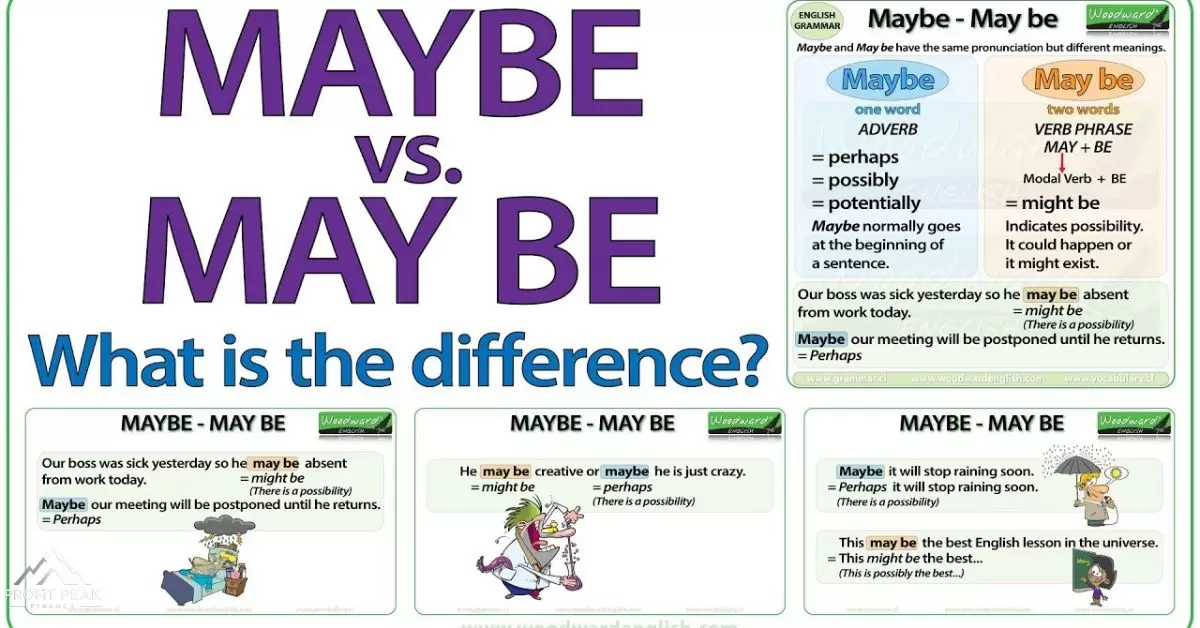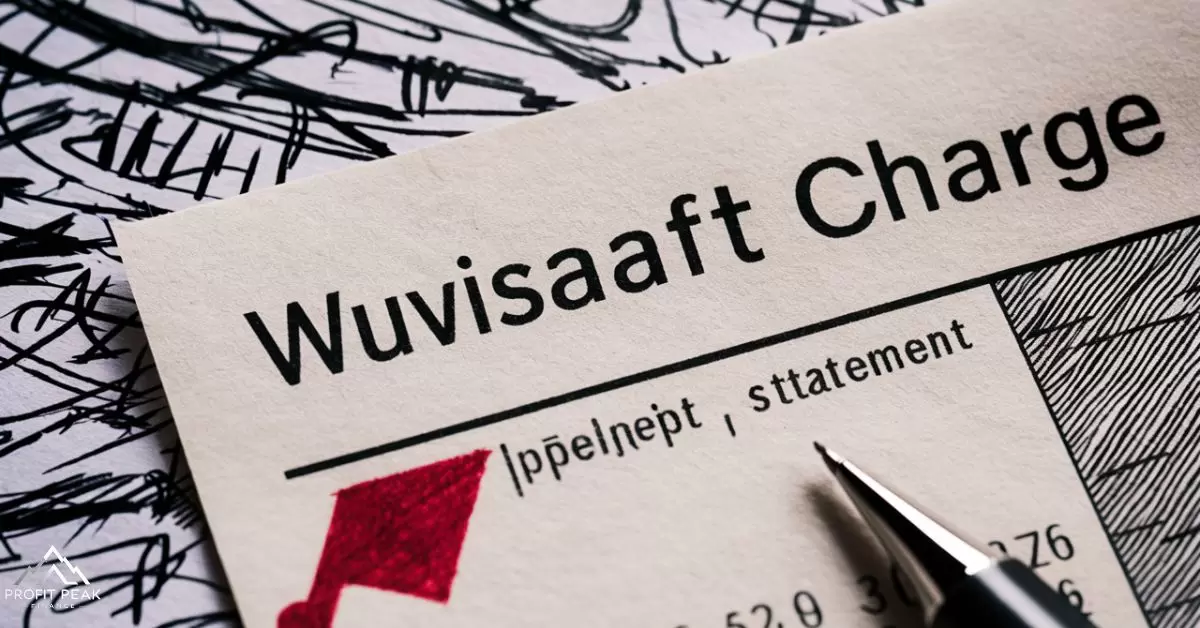Have you ever noticed a weird charge labeled “WUVISAAFT” on your bank statement and wondered what the heck it means? This lengthy acronym actually refers to a common type of bank fee related to money transfers – let me explain in detail.
What Does WUVISAAFT Stand For?
WUVISAAFT stands for Western Union VISA computerized budget switch. it’s a price charged via banks whilst you switch cash the world over via Western Union the usage of a Visa credit score or debit card to fund the transaction.
Basically, the WUVISAAFT rate covers the expenses for the bank of processing the Western Union money switch over Visa’s payment network. It lets in the finances from your account to be handy for Western Union’s international remittance provider.
Why Am I Being Charged This Fee?
Banks charge the WUVISAAFT fee to recoup the expenses they incur for facilitating the cross-border money transfer via Western Union leveraging Visa’s credit/debit card rails and infrastructure. The fee helps offset operating costs like:
- Transaction processing
- Currency conversion
- Fraud monitoring
- Regulatory compliance
- Network maintenance
The exact WUVISAAFT fee amount can vary depending on your bank, but it is typically calculated as a percentage of the total transfer amount. Here are some example fees charged by major US banks:
| Bank | WUVISAAFT Fee |
| Chase | $5 or 4% of the transfer amount, whichever is greater |
| Bank of America | 3% of the total transaction amount |
| Wells Fargo | $7.50 flat fee |
| Citi | 3.5% of the payment amount |
Transferring money internationally has many behind-the-scenes costs that banks need to account for through fees like WUVISAAF
How to Avoid the WUVISAAFT Fee

While every now and then unavoidable for sure transactions, there are a few ways you may be capable of bypass paying the pesky WUVISAAFT rate when sending money abroad:
- Use your financial institution’s personal cash switch provider: Many banks provide their own pass-border charge services like twine transfers or digital budget transfers. The fees for the usage of those may be lower than the WUVISAAFT fee for Western Union transfers.
- Send funds through different cash switch apps or offerings: explore virtual cash switch alternatives like TransferWise, PayPal, Remitly or cryptocurrency which could have lower fees than Western Union.
- Pay with a specific payment method: in case you pay in your Western Union switch using a price technique apart from a Visa card (e.g. debit card from a unique network like mastercard, bank account switch, and so on), you may avoid the WUVISAAFT fee.
- Use a charge-free financial institution account: some banks provide completely unfastened checking or financial savings accounts without any costs for services like Western Union cash transfers.
However, Western Union’s extensive global reach, speed and familiarity may make it the best choice for your money transfer needs in certain situations despite the added WUVISAAFT fee.
Recommended this: IN-DEPTH ANALYSIS: DEMYSTIFYING THE QQQ STOCK WITH FINTECH ZOOM
Real-Life Example
Megan frequently sends money back home to her family in Mexico to help with expenses. Her bank, Chase, charges a WUVISAAFT fee of $5 or 4% of the transfer amount for Western Union transfers made with a Visa card.
On a recent $300 remittance, Megan used her Chase Visa to pay Western Union and was charged a $17 WUVISAAFT fee (4% of $300 = $12 + $5 flat fee).
To avoid this cost, Megan explores some alternatives:
- Bank Wire Transfer: Chase quoted $45 for an outgoing international wire
- Transferwise: About $9 in fees for a $300 transfer to Mexico
- Switch to Mastercard: No WUVISAAFT charge if she uses her Mastercard debit card
Based on the fees, Megan decides the $9 Transferwise charge is her best affordable option compared to the $45 wire fee or paying WUVISAAFT. The added benefit is Transferwise’s mid-market exchange rate rather than Chase’s marked-up forex rates.
Recognizing Other Coded Bank Fees
The WUVISAAFT charge is just one example of the often confusing and opaque fee descriptions you may see on your bank statement. Financial institutions frequently use coded acronyms, abbreviations or vague transaction descriptions that can be difficult for customers to decipher.
For example, here are some other common coded bank fees:
- FCCOUR: Outgoing Wire Transfer Fee
- RCCOUR: Incoming Wire Transfer Fee
- ISCCYCLG: Monthly Service Charge for Cycling Accounts
- PAMPHDPX: Domestic Priority Mail Fee
- PAMPHINT: International Priority Mail Fee
- CBPMTFUS: Credit Bureau Personal Management Monthly Fee
Rather than plain English, banks often use these cryptic codes and abbreviations to describe charges. This can make it challenging for customers to understand exactly what they are being billed for.
As a savvy banking customer, take the time to learn how to decode these abbreviated charges on your statements. Don’t hesitate to contact your bank for clarification on any fees you can’t identify.
Tip: Set Up Mobile Alerts
One helpful tip is to set up mobile banking alerts so you get notified anytime a new fee is charged to your account. That will allow you to quickly identify any unfamiliar charges and contact the bank right away.
When the WUVISAAFT Fee May Be Unavoidable

While the WUVISAAFT charge isn’t trivial and there are often ways around it, there are certain circumstances where using Western Union’s services and paying the associated fee makes the most sense:
Time-Sensitive Transfers
When you need to send money quickly, Western Union’s global transfer network may be one of the fastest options available. The speed and convenience make the WUVISAAFT fee worth it in urgent situations where time is of the essence.
Transfers to Certain Countries
Western Union offers remittances services to more countries and remote areas than some competitors. If you need to send funds somewhere underserved by other money transfer providers, their services may be essential despite the added WUVISAAFT cost.
Recipient Preference
In some cases, the recipient you are sending money to may prefer or only accept Western Union transfers due to familiarity, access and trust in that service. Accommodating their preference warrants paying the WUVISAAFT fee.
Emergency or Disaster Relief
Recommended also this: FEATURES ATT MY RESULTS
After natural disasters strike, Western Union often partners with non-profits to facilitate fee-free money transfers for humanitarian aid and relief. In these cases, paying the WUVISAAFT fee helps get funds to those in need ASAP.
If you do need to pay the WUVISAAFT charge, here are a couple tips that could minimize the cost:
- Use a debit card instead of credit card: Some banks charge a lower WUVISAAFT fee percentage for debit card transactions versus credit cards.
- Compare banks: If you’re making a large or recurring transfer, it may be worth exploring opening an account at a different bank with a lower WUVISAAFT fee structure.
Our WUVISAAFT fee allows Western Union to offer a fast, reliable cross-border money transfer service accessible from over 200 countries and territories worldwide.
Conclusion
The WUVISAAFT charge on your bank statement refers to fees incurred when using Western Union’s international money transfer service funded by a Visa credit or debit card. While avoidable in some cases, this coded charge may be an unavoidable cost of convenience when speed, accessibility or recipient preference require Western Union’s services.
As a consumer, being fee-aware and understanding what charges like WUVISAAFT entail allows you to make informed decisions about the most cost-effective way to transfer funds cross-border. Don’t hesitate to ask your bank for clarity on any opaque fees or consider alternatives like digital money transfer apps if the costs are too high.
What’s been your experience with the WUVISAAFT charge or other coded banking fees? I’d love to hear your thoughts and tips in the comments!












